The Vestal Tuccia
oil on canvas, dimensions cm: 106.5 x 153, framed c. 130 x 180
Valerius Maximus, a Roman historian, recounts how Tuccia presented herself before her judges with a sieve full of water, challenging them to prove her guilt. Not a single drop fell, confirming his purity and divine intervention. .
The episode of the vestal Tuccia has been a recurring iconographic motif in the history of art, drawing on a prestigious literary source and offering artists the opportunity to explore themes of virtue, justice and the divine. The large format, in use since the 17th century for paintings destined for Roman aristocratic families and then introduced, with the term ‘in emperor's cloth’, in ecclesiastical circles, recurs in the inventories of Roman picture galleries’.
We thank Francesca Cappelletti for suggesting the attribution, a copy of which is attached.
‘...If in our canvas the architectural setting and the elegance of the draped figures seem to
betray knowledge of the early works of Pietro da Cortona, the abstraction of the characters' expressions
characters refers to the classicist language of the first decades of the 17th century, not surprisingly close to the
achievements of Giovan Battista Ruggeri, an artist trained in Bologna, who grew up in the workshops and among
pupils of Domenichino, collaborator at the Museum Cartaceum of Cassiano Dal Pozzo and
certainly also in contact with painters who today, while recognising their affinities with
the Emilian environment and the sphere of the French in Rome, are included, like Frangois Perrier, among the
‘cortoneschi ‘To the world of Barberini's artistic debate’, not least because of the choice of an antique theme, so rare and treated in a manner so close to the literary source, our painting undoubtedly belongs, dense with stylistic references to the Roman
stylistic references to the antiquing Roman milieu created around Cassiano dal Pozzo and
Francesco Barberini, later a breeding ground for the refined French painting of Charles
Errard c of Pierre and Nicolas Mignard.
In the Vestale Tuccia, the full, foreshortened face of the girl recalls Emilian models, while
the aloof elegance of the halberdier seems to anticipate the suspended, classical world of
Giacinto Gimignani.
The compositional assonance and the choice of the subject in the antique style lead us to recognise the author in Giovan
Battista Ruggeri, also known as Battistino del Gessi, a fascinating and still mysterious artist?
draftsman of antiquities, collaborator of Frangois Perrier, active for Vincenzo Giustiniani for
for whom he executed the canvas Moses before Pharaoh now in Potsdam. In the latter canvas, as in David and
Abigail now in the Palazzo Barberini and passed from the Santacroce to the Mattei collections, behind the
figures in the foreground, enveloped in ample drapery, there are very similar faces of soldiers and bystanders
depicted frontally, to which the distance lends a muted colour. The solemnity of the scene
scene, which we noted at the beginning, and the arrangement of the figures in a barely noticeable semicircle
also recalls Scipio's Continence, the historical pendant of David and Abigail, the canvas with which the
Vestal Tuccia shows the greatest compositional affinities.’
Francesca Cappelletti























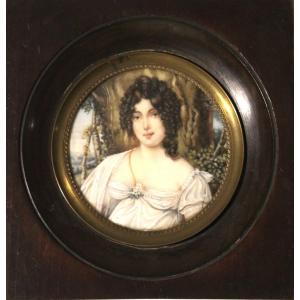

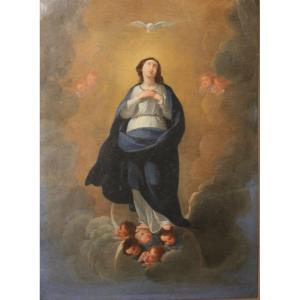
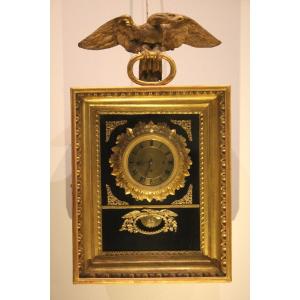

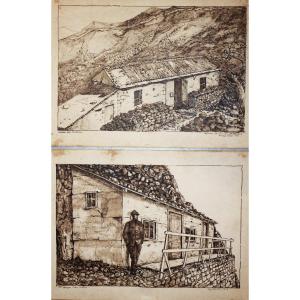


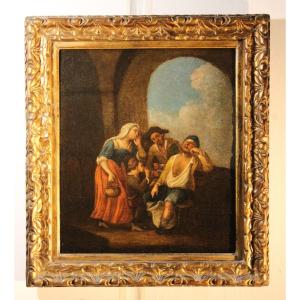
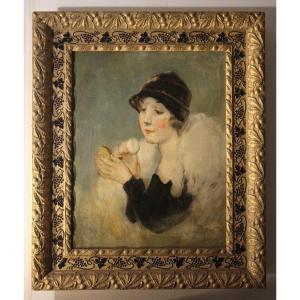




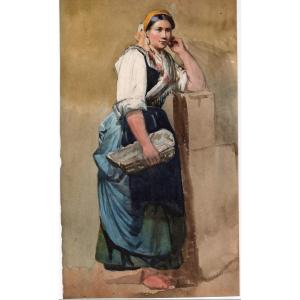
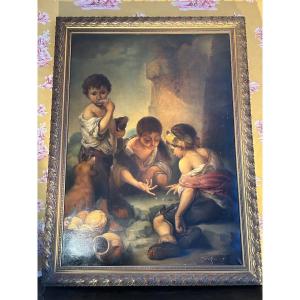
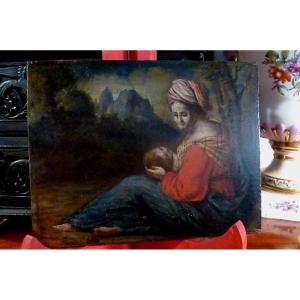

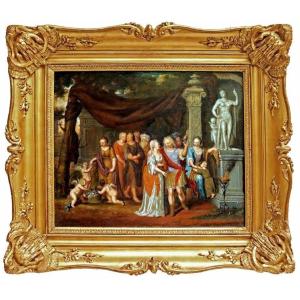
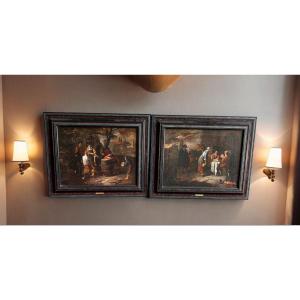



 Le Magazine de PROANTIC
Le Magazine de PROANTIC TRÉSORS Magazine
TRÉSORS Magazine Rivista Artiquariato
Rivista Artiquariato